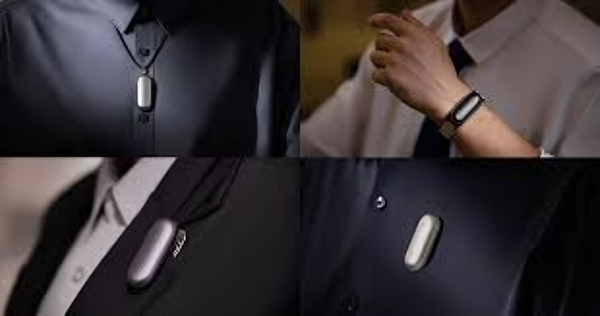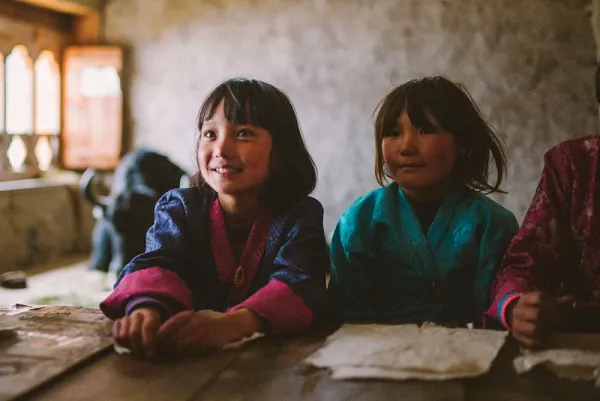From Plastic Waste to Vanilla Delights The Sweet Science of Upcycling

Imagine biting into a creamy scoop of vanilla ice cream or sipping a frothy vanilla latte, only to learn that the rich, aromatic flavor comes not from a tropical vanilla bean but from—wait for it—plastic waste. Sounds like science fiction, right? But thanks to groundbreaking research, scientists are turning polyethylene terephthalate (PET), the plastic clogging our landfills and oceans, into vanillin, the molecule behind vanilla’s iconic taste. This isn’t just a lab experiment; it’s a game-changer for sustainability and the food industry. Let’s dive into how genetically engineered bacteria are transforming trash into treasure and why this matters for our planet and our palates.
The Plastic Problem Meets a Sweet Solution
We’re drowning in plastic. Every year, about 50 million tonnes of PET plastic—think water bottles, soda containers, and food packaging—pile up, with only 14% being recycled. Most recycling processes just churn out more plastic, perpetuating the cycle of waste. But what if we could upcycle plastic into something valuable, like a flavoring for chocolate, candies, or beverages? That’s exactly what researchers at the University of Edinburgh have achieved, as detailed in a 2021 study published in Green Chemistry.
By harnessing the power of genetically engineered E. coli, scientists have developed a process to convert terephthalic acid (TA), a building block of PET, into vanillin. This isn’t your average recycling—it’s a revolutionary leap toward a circular economy, where waste becomes a resource. The process is mild, eco-friendly, and produces no hazardous byproducts, making it a poster child for green chemistry.
How Does It Work? The Bacterial Magic
Here’s where it gets nerdy and awesome. PET plastic is broken down into its basic components, including terephthalic acid, using enzymes. Then, lab-engineered E. coli bacteria get to work. These microscopic chefs are tweaked with DNA plasmids—think of them as recipe cards—that instruct the bacteria to transform TA into vanillin through a series of chemical reactions, like oxidation and reduction. The process happens at a cozy 37°C (about body temperature) for a day, similar to brewing beer. In optimized conditions, the bacteria convert an impressive 79% of TA into vanillin, a 157-fold improvement over initial tests.
But there’s a catch: vanillin is toxic to E. coli. To keep the bacteria happy, scientists extract the vanillin mid-process using oleyl alcohol, a clever workaround that ensures the reaction keeps humming. They even tested it on a real-world plastic bottle plucked from an Edinburgh street, proving this isn’t just a lab trick—it’s scalable and practical.
Vanilla Dreams in Your Dessert
So, is this plastic-derived vanillin already in your ice cream or baked goods? Not quite yet, but the potential is tantalizing. Vanillin is a superstar in the food industry, used in everything from chocolate bars to soft drinks. Global demand for vanillin topped 37,000 tonnes in 2018 and is projected to hit 59,000 tonnes by 2025, with a market value of $734 million. Most vanillin today is synthesized from fossil fuels, which isn’t exactly planet-friendly. Natural vanilla beans, while delicious, can’t keep up with demand, and their production is limited to fragile economies.
This new method could bridge the gap. While researchers believe the vanillin is safe for consumption, they’re still running tests to meet strict food safety regulations. For now, it’s more likely to pop up in cosmetics, pharmaceuticals, or even cleaning products, where regulatory hurdles are lower. But the idea of plastic waste flavoring your favorite candy or beverage isn’t far off—an art installation in London even showcased vanilla ice cream made from this process as a proof of concept.
Why This Matters Beyond the Taste
This isn’t just about making your latte taste better; it’s about rethinking waste. By turning PET plastic into a high-value product, we make recycling more economically attractive. Right now, plastic loses 95% of its value after one use, costing the global market $110 billion annually. Upcycling changes the narrative, positioning plastic as a carbon resource rather than a problem. It’s a step toward reducing the 350 million tonnes of plastic produced yearly, much of which ends up in landfills or oceans, harming wildlife and ecosystems.
The implications ripple further. This technology could inspire biorefinery hubs in cities, creating jobs and fostering sustainable societies. Plus, it opens the door to producing other valuable chemicals from plastic waste, from perfume ingredients to pharmaceutical precursors. It’s synthetic biology at its finest, showing how science can tackle real-world challenges with creativity and precision.
The Road Ahead
There’s still work to do. Scientists are fine-tuning the bacteria to boost conversion rates and scaling up the process for industrial use. Regulatory approval for food applications will take time, and public perception—let’s be honest, eating something made from plastic sounds weird—will need coaxing. But the promise is undeniable. As Joanna Sadler, a lead researcher, put it, “This is the first example of using a biological system to upcycle plastic waste into a valuable industrial chemical, and it has very exciting implications for the circular economy.”
So, next time you savor a vanilla-flavored treat, think about the plastic bottle that might’ve made it possible. It’s a sweet reminder that science can turn even our biggest messes into something deliciously sustainable. What’s not to love about that?



